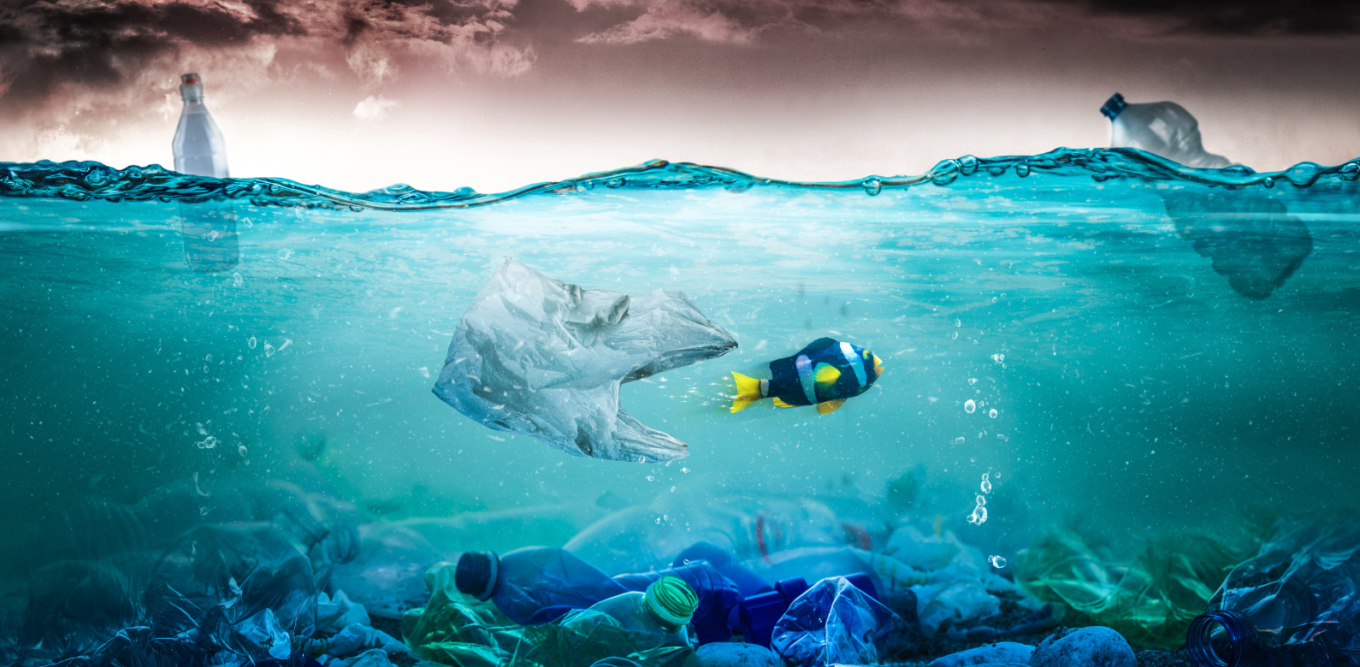Our relationship with plastic needs to change. It is a material that became a household staple for its durability, a convenience in modern times, now that durability represents a threat to our natural environment. Plastic takes generations to break down and the small fragments left behind pollute our water systems and can even travel into our bodies. So how do we deliver change?
We can start with our shopping habits. It is vital that we make smarter choices, companies act according to consumer behaviour meaning our choices do matter. Your first choice should always be to limit the amount of plastic you consume. Remember to assess the product’s use of plastic. Is it necessary or is it excessive? Brands that use minimal packaging should hold your attention.
The smart choice: choose to learn about bioplastics and plastic packaging.
In the short term plastic consumption is going to be unavoidable as most sectors continue to use it. However, because of the emergence of bioplastic like PLA plastic, which is compostable, you can still make the smart choice.
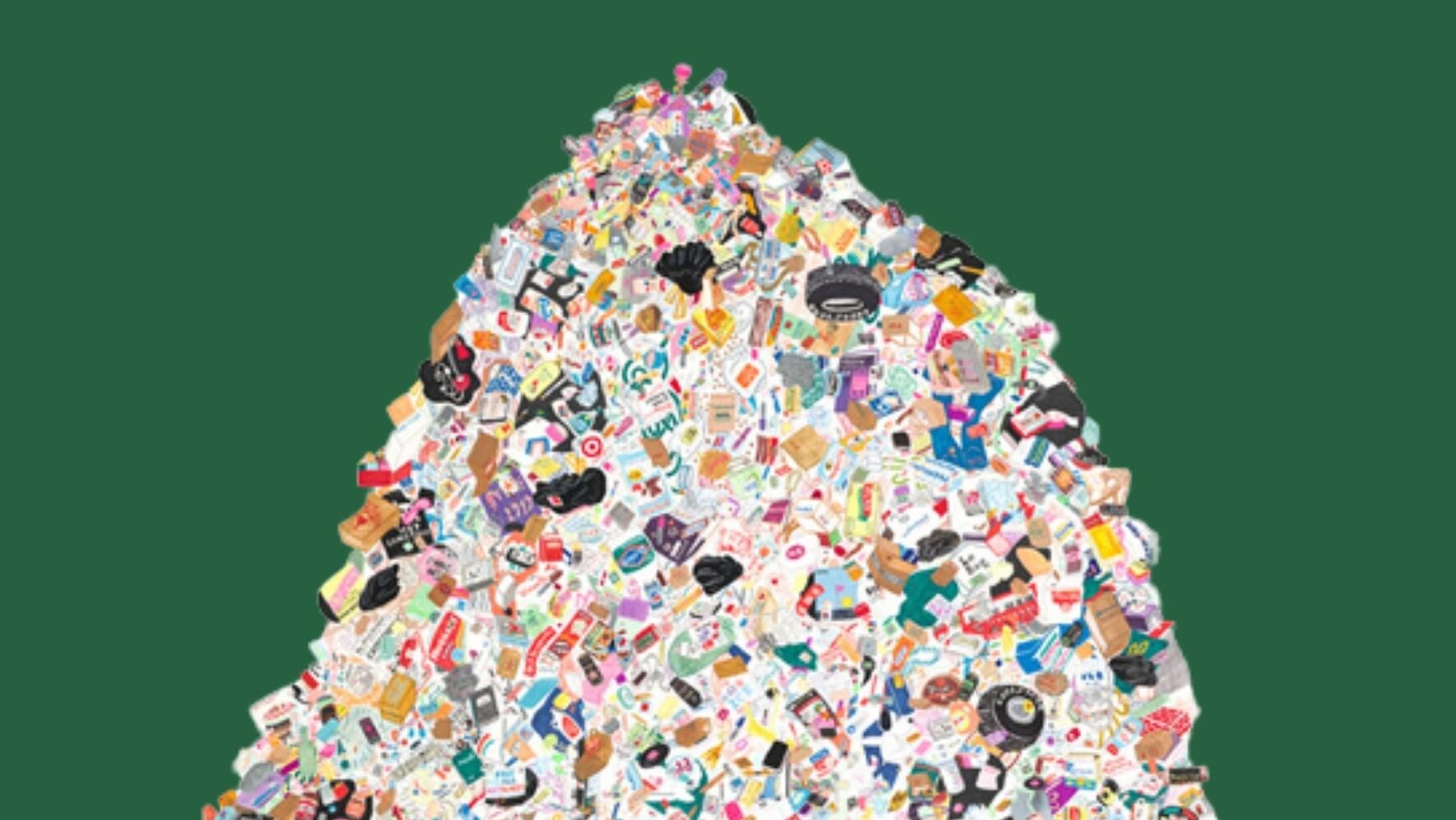
Understanding the terminology
Learning about sustainability is so important, but we understand that the language around plastics and plastic management can be confusing.
Many mistakenly use these two terms interchangeably; so, here is an explanation about the differences between them.
Compostable
Compostable products break down usually within a time period of 90 – 180 days. In order to trigger this breakdown, the products need to be placed in a hot and humid environment. At the end of the 180 days you will be left with non-toxic materials – carbon dioxide, water and biomass.
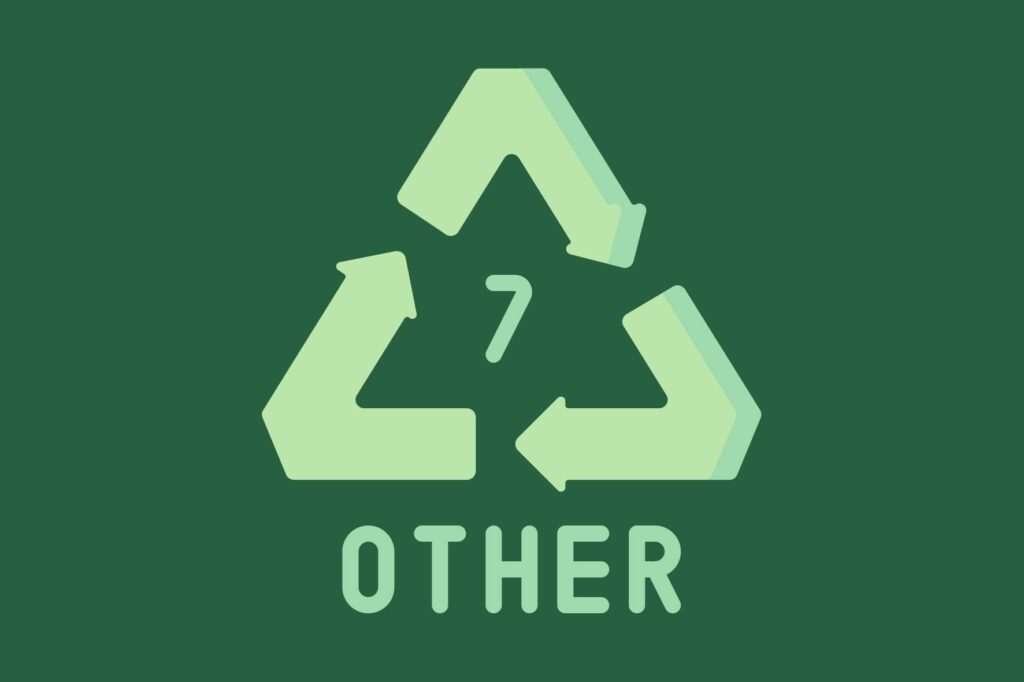
You can identify a compostable product if it is labelled with a number 7.
If it is PLA plastic, which is compostable only in an industrial complex, it will be embossed with the letters PLA.
Biodegradable
Biodegradable products are not treated but naturally break down with the help of living microbes and bacteria. Technically, every product will biodegrade, becoming smaller and smaller fragments of the original product. In terms of plastic waste we see the evidence of biodegradation in our oceans, plastic bags and bottles break down into microplastic.
So, essentially what separates the processes is time and what end product you are left with. Composting will produce nutritious natural plant feed. With biodegradable products, the hope is that it will eventually assimilate into the natural environment.
What is bioplastic?
Bioplastics is a broad term used to refer to a number of products, but essentially it is a plastic made using renewable plant material such as corn or sugarcane.

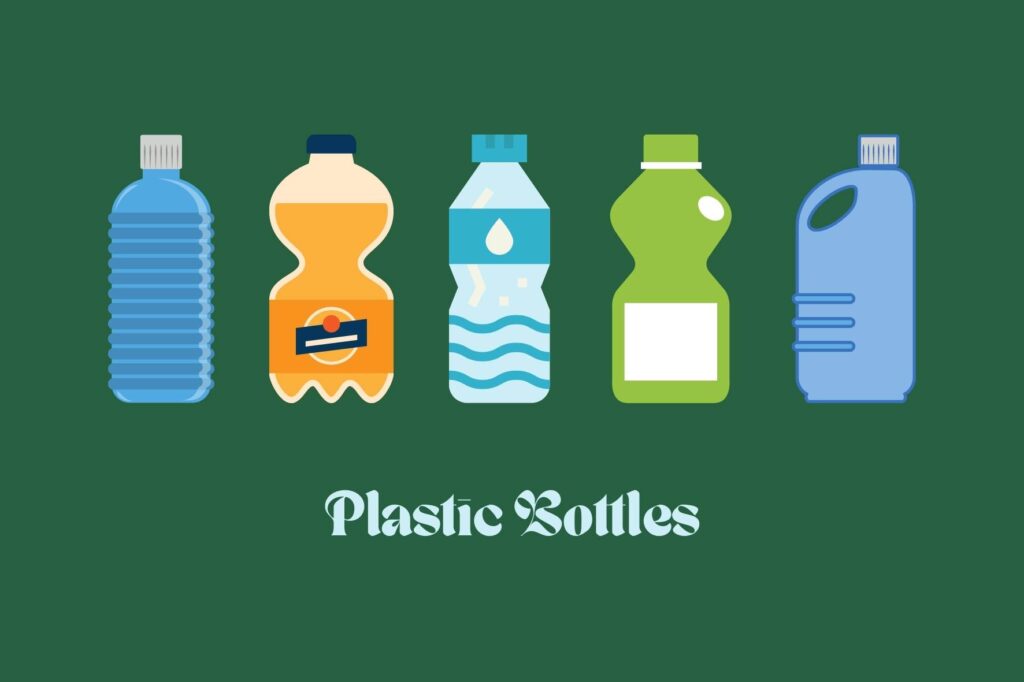
Removing oil-based materials and getting the same result sounds too good to be true. Well, unfortunately it is. Not all bioplastics are made with natural products. In fact, a plastic product can be labelled bioplastic even if it is 80 percent oil-based and only 20 percent plant or bio-based.
Therefore, you shouldn’t automatically assume a bioplastic product will biodegrade any quicker than other plastics, for example Polyethylene Terephthalate, also called bio PET, is non-biodegradable.
If you are buying a bio PET water bottle, which would be considered a bioplastic, you aren’t actually making a sustainable choice
What is PLA plastic?
Is there really a sustainable choice you can make when it comes to plastic? Remember the first choice is always to avoid plastic but PLA plastic, or Polylactic Acid, fits a lot of sustainability criteria.
For one it is made using renewable materials, primarily cornstarch. Also it can be made using the same processes as other oil-based plastics. This means industries do not need to remove current inventory and machinery from their manufacturing sites.
In addition, PLA plastic is a versatile product, it can be used for multiple purposes. For example, it is used for tools in the medical sector and containers in the food sector. The only drawback is that it has a low softening point, meaning it will not be used to hold hot liquids like your morning coffee.
Finally, in the right conditions, PLA is fully compostable. This means that with the right management it is not going to add to our plastic waste.
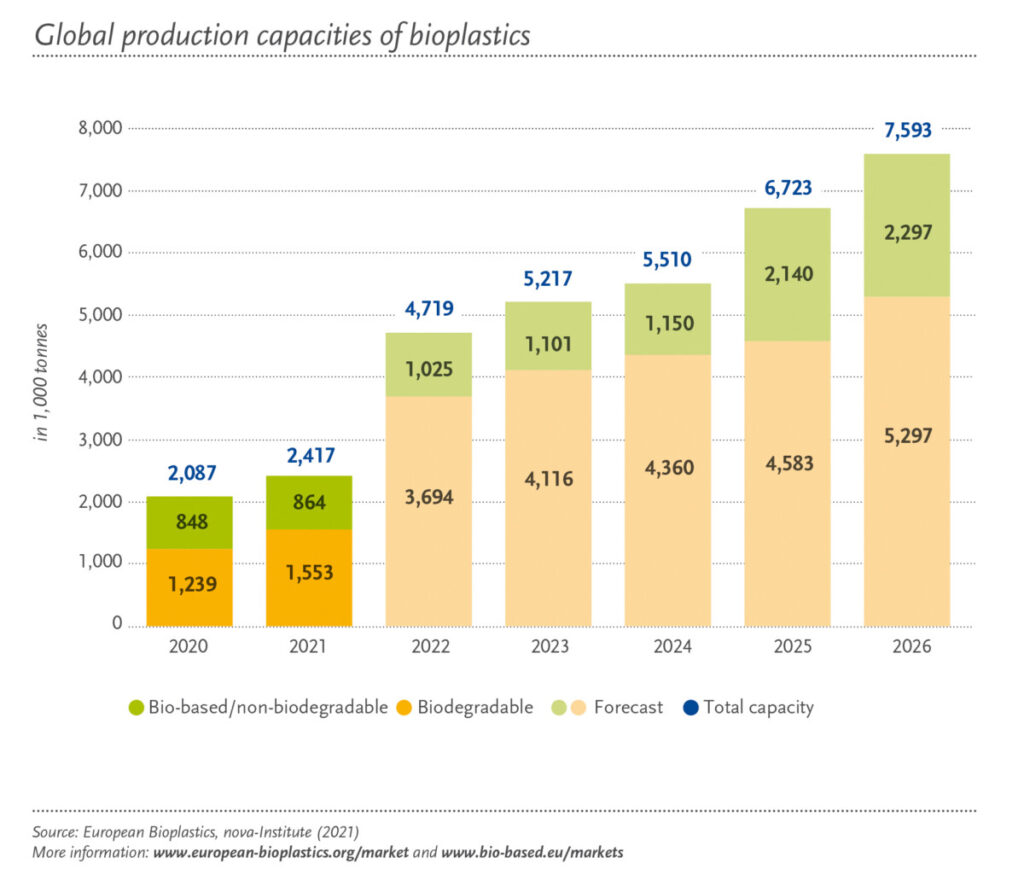
Benefits of bioplastic
Bioplastics represent an opportunity for the consumer and industries.
Reduce carbon pollution
More bioplastic companies are using natural products instead of oil-based products, which is a win for the environment. The consumption of refined oil in the production of plastic is set to decrease by 20 percent by 2025.
Less plastic in the oceans
80 percent of the detritus found on the surface and beds of the oceans is plastic waste. When you follow the marking on bioplastic products and dispose of it correctly, you are helping to reduce plastic waste spilling into our oceans.
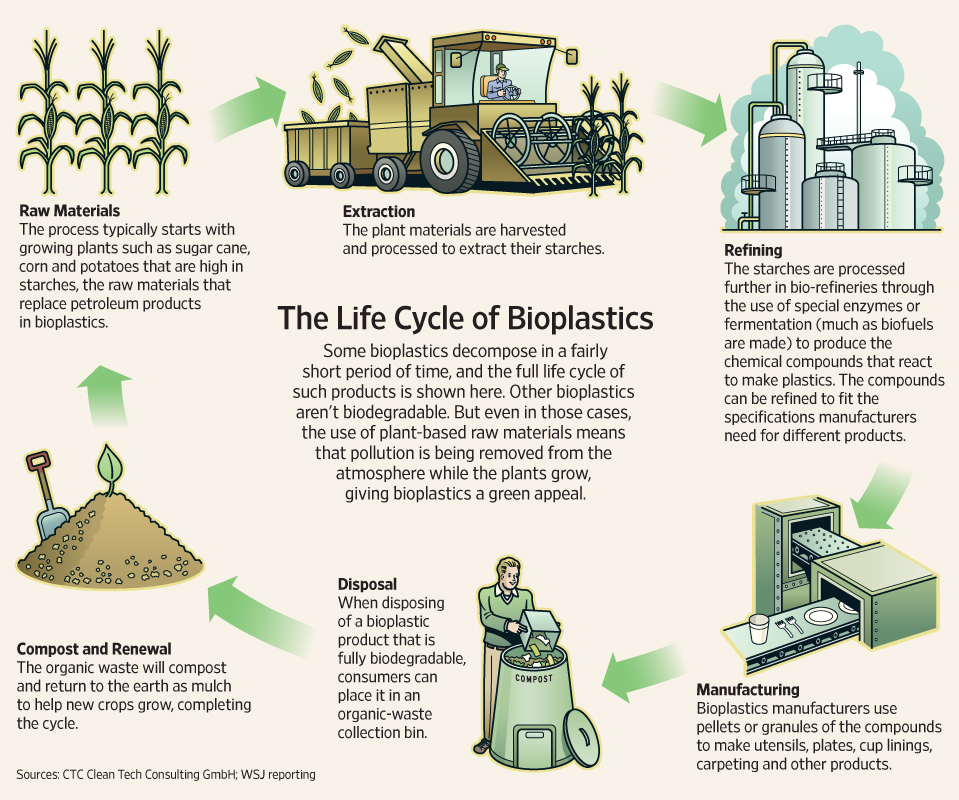
Next step for bioplastic
The discovery of new green technology and processes is exciting. However, we tend to be wildly optimistic about how much change it can bring. We all want to see real change but the path to a more sustainable future is going to be complex.
Pressure on agriculture
As the demand for bioplastic rises, it will put pressure on the agricultural sector. We will need to expand farmland to increase our supply of plant material. Also, crops, like corn, will be diverted away from the food sector to bioplastic companies. This is ethically questionable given that future climate change will impact food security for many.
Lack of industrial compost facilities
The fact that PLA plastic is compostable is an innovative step. However, PLA needs to be disposed of in large industrial composts, and not every region has this kind of waste management infrastructure.
You cannot just throw a PLA plastic bottle into your garden compost along with your food scraps.
Organisation for Economic Cooperation and Development (OEDC) data suggested that 22 percent of the world’s plastic is mismanaged or indeed uncollected. Across Sub-Saharan Africa and South America the problem is particularly pronounced.
So, with every solution to our plastic waste, we must consider the wider implications. Bioplastics are a clear attempt to meet new consumer demand for sustainable packaging, however, it is debatable whether bioplastics represent a net gain.
Bioplastics can only be sustainable if people receive education about plastics and have access to appropriate waste management facilities.
If you want to learn more about bioplastics and plastic waste, read these resources:
- https://www.european-bioplastics.org/market/
- https://bioplasticsnews.com/bioplastic/
- https://www.oecd-ilibrary.org/environment/global-plastics-outlook_de747aef-en
- http://natureplast.eu/en/the-bioplastics-market/history-of-bioplastics/

